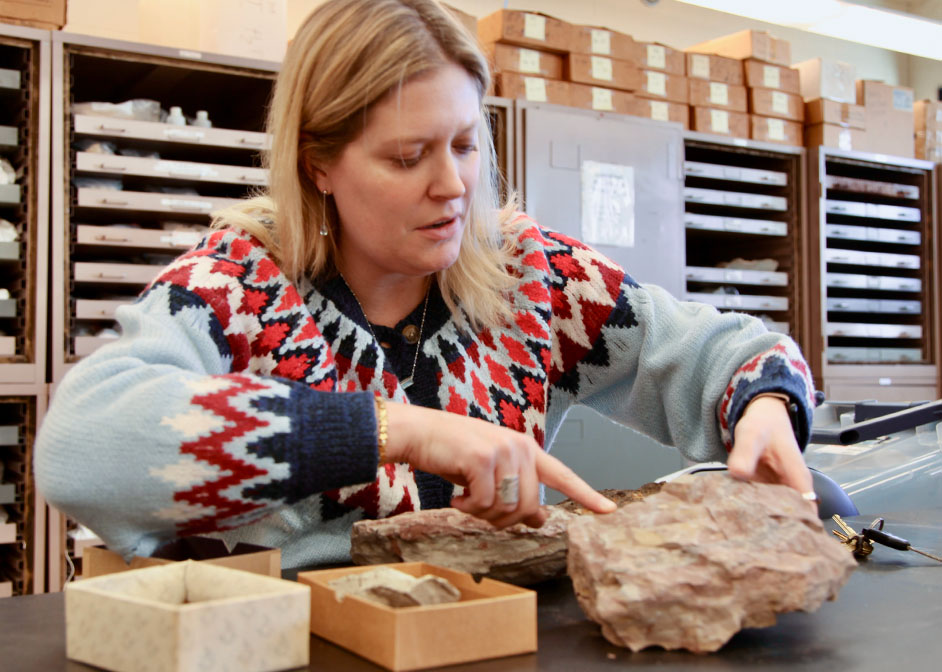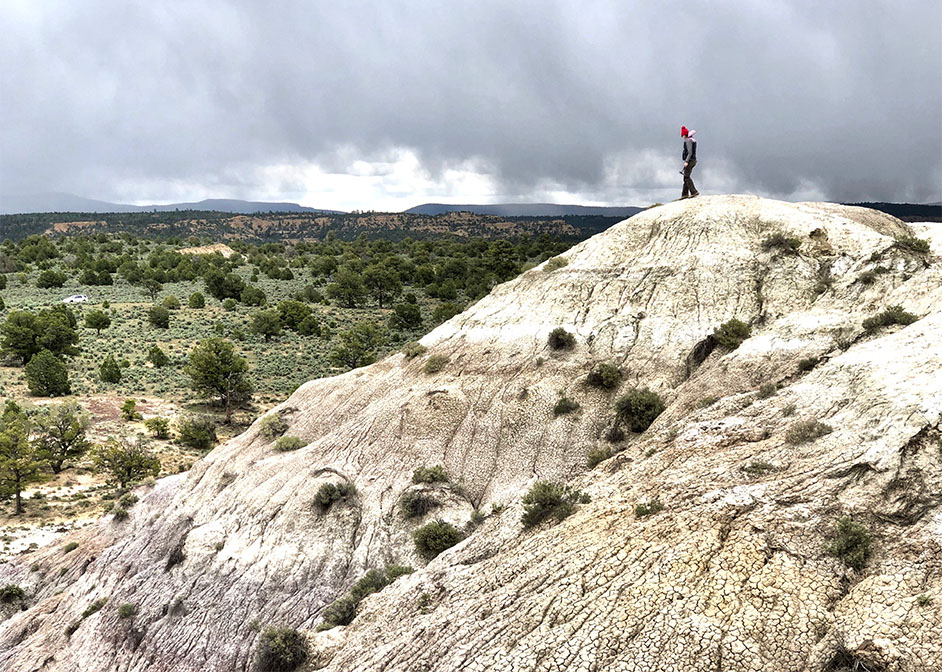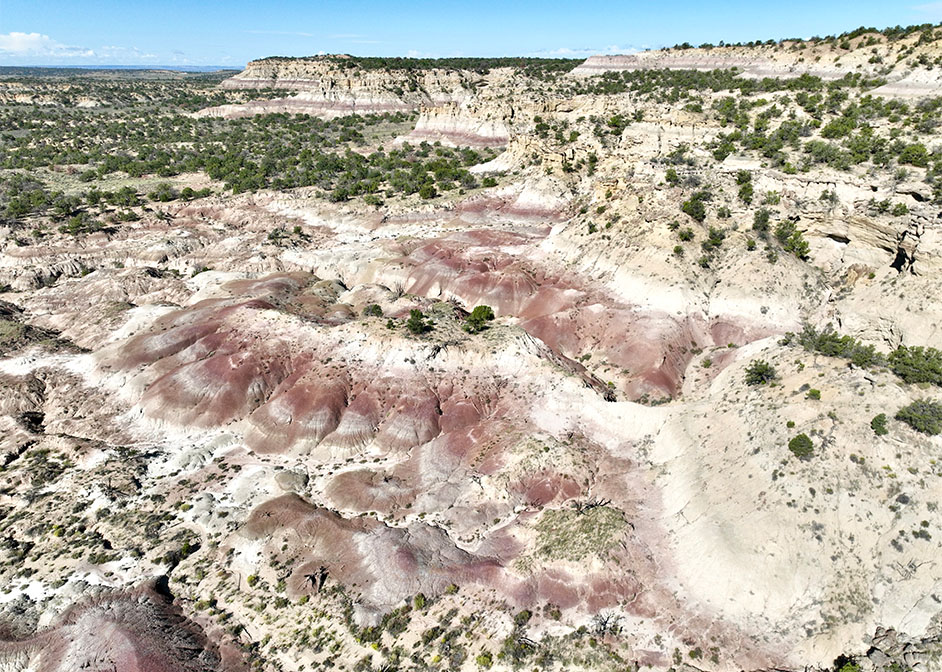Emily Beverly Uses History to Predict Future Changes to Rivers and Water Infrastructure
Emily Beverly, assistant professor of sedimentary geology at University of Houston, is focusing attention on how future climate change will affect river systems. She identified a need for research in this area due to the billions of dollars of damage in the U.S. from extreme precipitation linked to climate change since the 1980s.

“We have little information on the magnitude of the response of rivers and landscapes to global climate change because these changes occur on timescales difficult to measure in our lifetimes,” said Beverly, a Department of Earth and Atmospheric Sciences faculty member in the UH College of Natural Sciences and Mathematics.
“The key to a better understanding of the landscape’s response to these changes lies in the past when temperatures and carbon dioxide concentrations in the atmosphere rose at a rapid pace,” she said.
Beverly will explore new ways to more accurately predict effects of climate change on river systems by comparing current trends with ancient cycles. Her work is funded by a five-year, $796,024 CAREER award from the National Science Foundation that recognizes early-career faculty who have potential to serve as academic role models and as advocates for the mission of their department or university.

Exploring the Eocene Epoch for Answers
The Eocene Epoch, which began about 56 million years ago, contains the oldest known fossils of most modern species of mammals. Beverly believes the Eocene will help unlock a better overall understanding of what changes lie ahead for rivers and water infrastructure.
The early Eocene contains intervals, called hyperthermals, in which global temperatures increased at a rapid pace because of carbon dioxide releases. The hyperthermals occurred over a period of approximately 20,000 years.
“Currently, the amount of carbon dioxide being released into the earth’s atmosphere is happening at an alarming rate,” said Beverly. “This is why it’s important to look at the early Eocene because conditions at that time echo what we’re now experiencing in terms of climate.
Through funding from her CAREER award, Beverly will study analogs from the early Eocene in New Mexico, North Dakota and Wyoming.
“I picked these locations because the time period hasn’t really been studied here, and this is where ground conditions are most favorable for the purpose of my research,” said Beverly. “There’s also an abundance of mammal and plant fossils at these sites.”
Beverly will measure the layers of sediment to understand where they come from.

“We need context for the samples that we collect and bring back to the lab to study the chemistry of these rocks,” said Beverly.
Using Geology to Understand Past Climates
She will use geology and chemistry to reconstruct what the climate environment was once like in terms of temperature and precipitation. With a better understanding of the past, she can make projections about the future using models developed from ancient river systems.
For precipitation amounts, Beverly will look at the weatherization of soil or rock samples based on ratios of elements like calcium, magnesium, aluminum and sodium to reconstruct the amount of rain. For temperature changes, she examines different isotopes of oxygen and carbon that are bonded in calcium carbonate, a mineral found in these ancient soils. This method is called clumped isotopes.
“The way that these isotopes combine in this molecule is temperature dependent, meaning we can reconstruct temperatures from 56 million years ago,” said Beverly.
She adds that the rate of carbon dioxide released into the atmosphere over the past 200 years is the same as the rate that was previously released over tens of thousands of years before modern civilization.
Ultimately, Beverly believes the results of her study will help predict more precise amounts of sediment that will be released from riverbeds and other bodies of water due to extreme weather events.
Understanding Climate Change Through Art
As part of her grant, Beverly will work with the UH STEM Center to provide new opportunities to students in grades K-12 through educational outreach. Her efforts will involve using art to help younger students understand her research.
“I’m working with a climate artist, Jill Pelto, to make watercolor paintings of charts that include data from my observations,” said Beverly. “The artwork will help illustrate the work I’m doing because climate change research can be intimidating and abstract to understand.”
Focused on Soils and Human Evolution
Beverly’s previous work is concentrated in studies of soils, human evolution and reconstruction of past environments and climates at sites where she has studied. Much of her research has been focused on eastern Africa; particularly at sites in Kenya, Tanzania and Ethiopia that are well known for fossils and significant archaeological discoveries.
“I’ve done a large amount of work at these sites to gain a better understanding of human evolution,” said Beverly.
- Chris Guillory, College of Natural Sciences and Mathematics